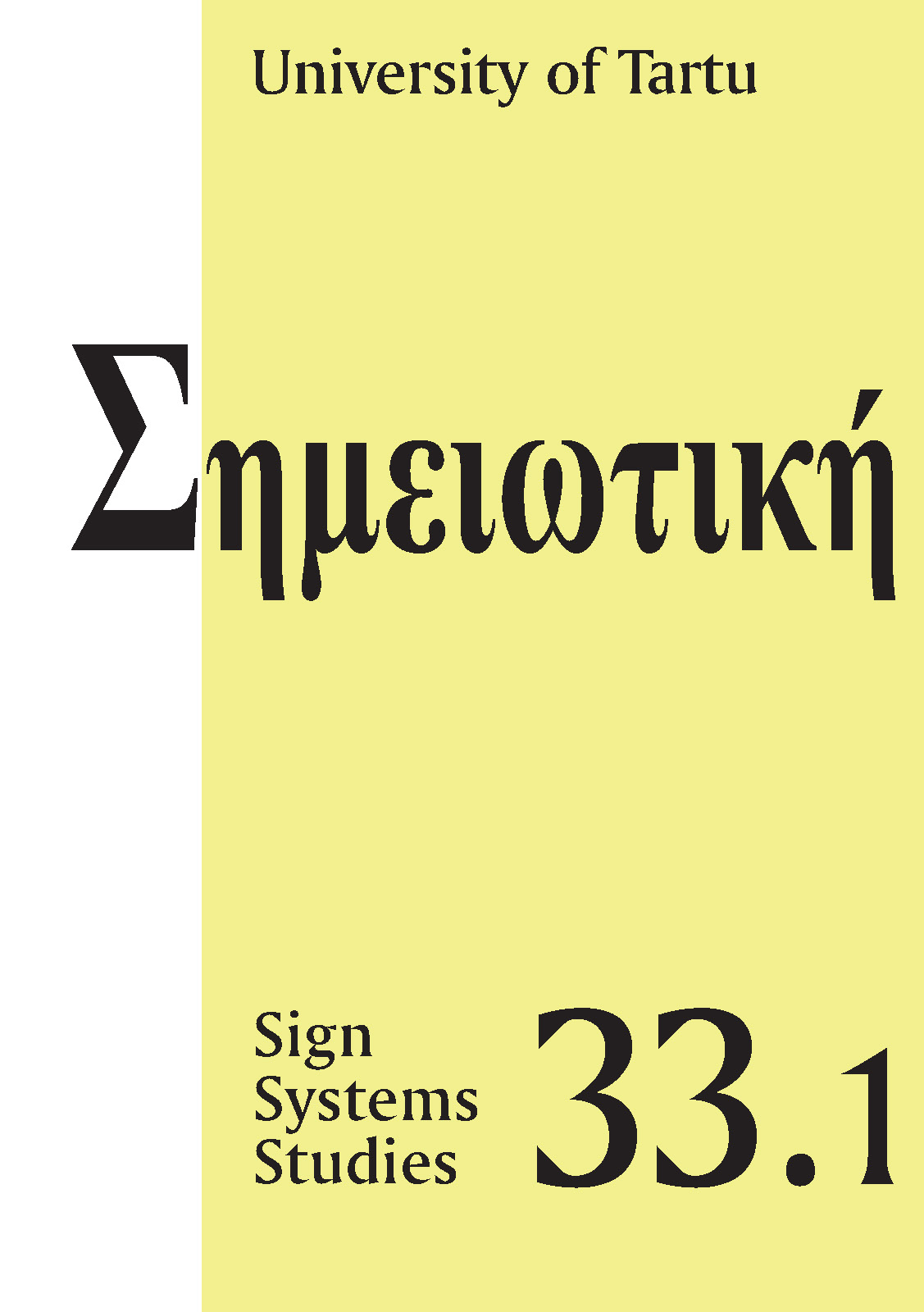The realm of continued emergence: The semiotics of George Herbert Mead and its implications to biosemiotics, semiotic matrix theory, and ecological ethics
DOI:
https://doi.org/10.12697/SSS.2005.33.1.02Abstract
This examination of the often-inaccessible work and semiotics of George Herbert Mead focuses first on his pivotal ideas of Sociality, Consciousness, and Communication. Mead’s insight of sociality as forced relatedness, or forced semiosis, appearing early in evolution, or appearing in simple systems, guarantees him a foundational place among biosemioticians. These ideas are Mead’s exemplar description of multiple referentiality afforded to social organisms (connected to his idea of the generalized other), thus enabling passing from one umwelt to another, with relative ease. Although Mead’s comprehensive semiosis is basically sound, and in concordance with modern and contemporary semiotics (and biosemiotics), it nevertheless lacks a satisfactory explanation of how conscious organisms achieve passing into new frames of reference. Semiotic Matrix Theory (SMT), its pansemiosis, describes falsifiable existential and cognitive heuristics of recognizing Energy requirements, Safety concerns and Possibility or Opportunity as “passing” functions. Finally, another type of emergence, ecoethics, is an embedded constant in biosemiosis. Not all semiosis is good semiosis, not all text is good text. Because our species is moving away from ancient biosemiosis and interrelatedness, this historicity, even ductile enough to invent synthetic semiosis or capricious umwelten, is facing the ecological reality and consequences of an overly anthropocentric text.


